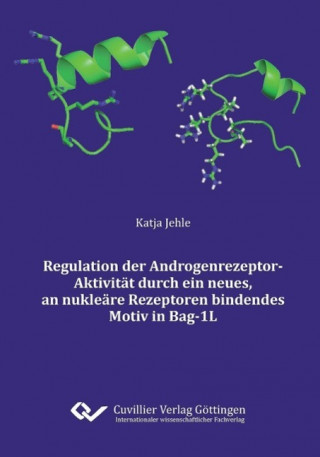
Kód: 13415749
Regulation der Androgenrezeptor?Aktivitat durch ein neues, an nukleare Rezeptoren bindendes Motiv in Bag?1L
Autor Katja Jehle
KurzbeschreibungDer Androgenrezeptor (AR) ist ein Steroidhormonrezeptor, der in die Entwicklung von Prostatakrebs involviert ist. Er wird durch die Bindung von Androgenen an die Ligandenbindedomäne (LBD) aktiviert. Nach Ligandenbi ... celý popis
- Jazyk:
 Nemčina
Nemčina - Väzba: Brožovaná
- Počet strán: 162
Nakladateľ: Cuvillier Verlag, 2013
- Viac informácií o knihe

Mohlo by sa vám tiež páčiť
Darčekový poukaz: Radosť zaručená
- Darujte poukaz v ľubovoľnej hodnote, a my sa postaráme o zvyšok.
- Poukaz sa vzťahuje na všetky produkty v našej ponuke.
- Elektronický poukaz si vytlačíte z e-mailu a môžete ho ihneď darovať.
- Platnosť poukazu je 12 mesiacov od dátumu vystavenia.
Viac informácií o knihe Regulation der Androgenrezeptor?Aktivitat durch ein neues, an nukleare Rezeptoren bindendes Motiv in Bag?1L
Nákupom získate 81 bodov
 Anotácia knihy
Anotácia knihy
KurzbeschreibungDer Androgenrezeptor (AR) ist ein Steroidhormonrezeptor, der in die Entwicklung von Prostatakrebs involviert ist. Er wird durch die Bindung von Androgenen an die Ligandenbindedomäne (LBD) aktiviert. Nach Ligandenbindung werden Konformationsänderungen induziert, in denen eine hydrophobe Oberfläche entsteht, die gewebespezifische Koaktivatoren bindet. Verschiedene Koaktivatoren binden über konservierte LXXLL- oder FXXLF-Motive an diese hormoninduzierte Konformation, um die transkriptionelle Aktivität des AR zu verstärken. Auch wenn LXXLL- und FXXLF-Motive für verschiedene Koaktivatoren charakteristisch sind, besitzen diese nicht alle Koaktivatoren, was darauf hindeutet, dass andere Bindemotive existieren müssen. In dieser Arbeit wurden Sequenzen im N-Terminus von Bag-1L, einem Koaktivator des ARs, identifiziert, die für dessen Transaktivierung wichtig sind. Die Überexpression dieses Bereichs zeigt einen dominant-negativen Effekt auf die durch den AR vermittelte Genexpression und androgenabhängiges Prostatakrebszellwachstum. Dieser Bereich enthält Motive, die für die Bindung an die LBD des ARs wichtig sind. Besonders an diesen Motiven ist deren Spezifität, die neben dem AR auf den Estrogenrezeptor (ER) a begrenzt ist. Auch dessen Aktivität und das estrogenabhängige Brustkrebszellwachstum werden von dieser Sequenz reduziert. Diese Motive oder Varianten dieser sind auch in anderen AR- und ER-bindenden Proteinen vorhanden. Dies gibt ihnen die Funktion einer neuen Interaktionssequenz, welche sich von LXXLL- und FXXLL-Motiven unterscheidet, aber für die Regulation der AR- und ER-Aktivität und des Prostata-, bzw. Brustkrebszellwachstums wichtig ist.DescriptionThe androgen receptor is a ligand-dependent transcription factor involved in prostate cancer development. It is activated by binding of androgens to its ligand binding domain which consists of 12 a-helices. Upon ligand binding, a conformational change is induced, in which helix 12 is reconstituted and a hydrophobic surface is formed for tissue specific coactivators binding. Different coactivators use conserved LXXLL- or FXXLL-motifs to bind to this hormone induced conformation to increase transcriptional activity of the receptor. While the LXXLLor FXXLL-motifs are characteristic for different coactivators of steroid hormone receptors, they are not present in all coactivators, meaning that other binding motifs must exist. In this work, the first 128 amino acid of Bag-1L, a coactivator of the androgen receptor has been identified as a region important for transactivation by the androgen receptor. Overexpression of this sequence shows dominant-negative effects on androgen receptor-mediated gene expression and androgen-dependent prostate cancer cell growth. This region contains a duplication of the sequence GARRPR, which was shown to be necessary for androgen receptor binding. An exchange of amino acid residues in both motifs destroyed the binding of the Nterminal Bag-1L sequence to the ligand binding domain of the androgen receptor. It also destroyed Bag-1L mediated transactivation of the androgen receptor, as well as the positive influence of Bag-1L on prostate cancer cell growth. Special for this GARRPR-motif is its specificity, which besides the androgen receptor is limited to estrogen receptor a. Estrogen-mediated activity and estrogen-dependent breast cancer cell growth are also negatively influenced by a sequence of Bag-1L containing both GARRPR-motifs. This Motif and variants thereof were found in other androgen and estrogen receptor binding proteins. This gives GARRPR a role as a new interaction sequence, different from LXXLL- and FXXLL-motifs, but important for the regulation of androgen and estrogen receptor, as well as prostate and breast cancer cell growth.
 Parametre knihy
Parametre knihy
Zaradenie knihy Knihy po nemecky Naturwissenschaften, Medizin, Informatik, Technik Biologie Biologie - Sonstiges
32.57 €
- Celý názov: Regulation der Androgenrezeptor?Aktivitat durch ein neues, an nukleare Rezeptoren bindendes Motiv in Bag?1L
- Autor: Katja Jehle
- Jazyk:
 Nemčina
Nemčina - Väzba: Brožovaná
- Počet strán: 162
- EAN: 9783954043484
- ISBN: 3954043483
- ID: 13415749
- Nakladateľ: Cuvillier Verlag
- Hmotnosť: 219 g
- Rozmery: 210 × 148 × 9 mm
- Dátum vydania: 07. February 2013
Obľúbené z iného súdka
-

Brain from Inside Out
41.76 € -
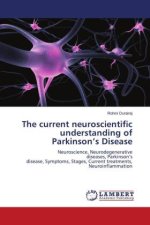
The current neuroscientific understanding of Parkinson?s Disease
56.57 € -
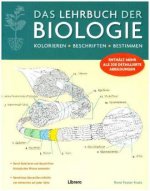
Das Lehrbuch der Biologie
15.41 € -

Diversity and Importance of Butterflies and Birds
46.97 € -

Marihuana Anbaugrundlagen
26.85 € -
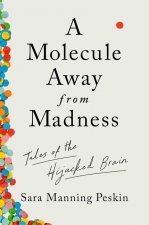
Molecule Away from Madness - Tales of the Hijacked Brain
26.85 € -
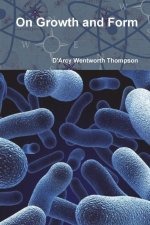
On Growth and Form
19.09 € -

ALCIDE DESSALINES D'ORBIGNY (1802-1857)
24.20 € -4 % -
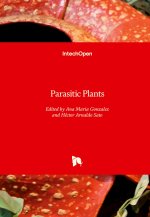
Parasitic Plants
174.95 € -
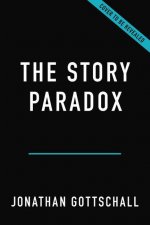
The Story Paradox
30.12 € -
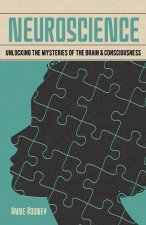
Neuroscience: Unlocking the Mysteries of the Brain & Consciousness
16.23 € -

Journey of the Mind
23.28 € -25 % -

Warum macht Sex Spaß?
15.51 € -

Auswirkungen der Troepfchenbewasserung auf Wachstum und Ertrag von Kartoffeln
56.57 € -

Sense of Self - Memory, the Brain, and Who We Are
28.69 € -2 % -

Der Fisch in uns
13.57 € -
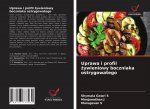
Uprawa i profil ?ywieniowy boczniaka ostrygowatego
42.79 € -
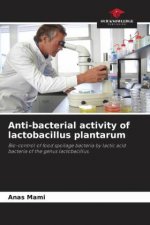
Anti-bacterial activity of lactobacillus plantarum
70.57 € -

GENETYKA POPULACJI
40.64 € -
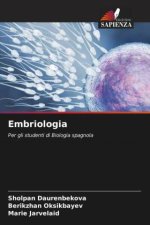
Embriologia
76.49 € -

Fresh figs (Ficus carica L.): physicochemical and nutritional quality, antioxidant activity.
57.80 € -
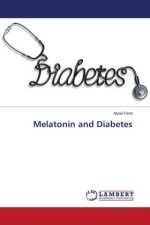
Melatonin and Diabetes
46.97 € -
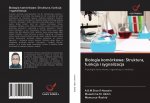
Biologia komórkowa: Struktura, funkcja i sygnalizacja
99.58 € -
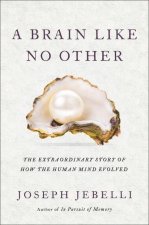
How the Mind Changed: A Human History of Our Evolving Brain
27.57 € -6 % -
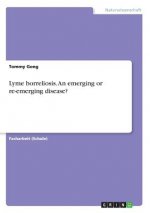
Lyme borreliosis. An emerging or re-emerging disease?
44.01 € -

L?institutionnalisation de la lutte moderne contre le paludisme
141.45 € -
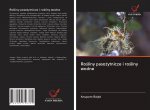
Ro?liny paso?ytnicze i ro?liny wodne
29.10 € -
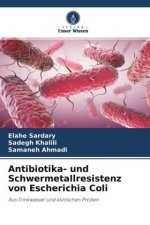
Antibiotika- und Schwermetallresistenz von Escherichia Coli
58.52 € -
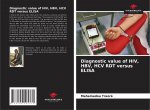
Diagnostic value of HIV, HBV, HCV RDT versus ELISA
51.98 € -
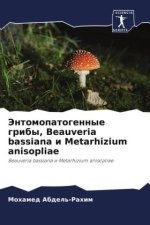
Jentomopatogennye griby, Beauveria bassiana i Metarhizium anisopliae
38.50 € -

Cinhona krasnaq (Cinchona Officinalis L.)
26.14 € -
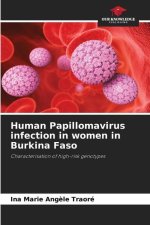
Human Papillomavirus infection in women in Burkina Faso
112.65 € -

Red cinchona (Cinchona Officinalis L.)
56.57 € -
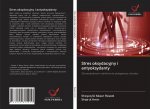
Stres oksydacyjny i antyoksydanty
40.64 € -
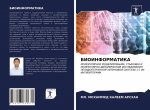
BIOINFORMATIKA
42.79 € -

Maclura pomifera : fitohimicheskaq i biologicheskaq harakteristika
42.79 € -

Actinidia deliciosa: moschnyj istochnik metallicheskih nanochastic
30.84 € -
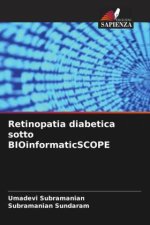
Retinopatia diabetica sotto BIOinformaticSCOPE
81.70 € -
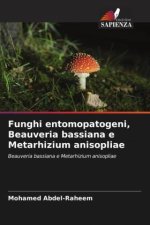
Funghi entomopatogeni, Beauveria bassiana e Metarhizium anisopliae
76.49 € -

The aquatic banana tree of Madagascar
42.79 € -
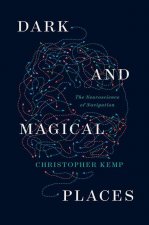
Dark and Magical Places - The Neuroscience of Navigation
27.67 € -2 % -
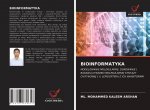
BIOINFORMATYKA
42.79 € -
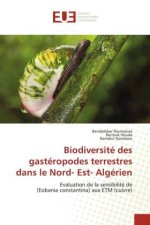
Biodiversité des gastéropodes terrestres dans le Nord- Est- Algérien
46.97 € -

ACTIVITÉ ANTIBACTÉRIENNE DES HUILES ESSENTIELLES DE VIT CAMPUS ET DE SON QUAI
51.88 € -

Diet and pre-existing comorbidities are key drivers of the COVID delta virus infection
97.53 € -

Actinidia deliciosa: potente fonte di nanoparticelle metalliche
48.40 € -
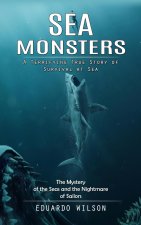
Sea Monsters
20.32 € -4 % -
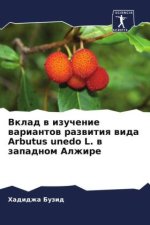
Vklad w izuchenie wariantow razwitiq wida Arbutus unedo L. w zapadnom Alzhire
33.19 € -
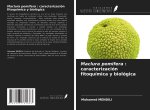
Maclura pomifera : caracterización fitoquímica y biológica
42.79 €
Osobný odber Bratislava a 2642 dalších
Copyright ©2008-24 najlacnejsie-knihy.sk Všetky práva vyhradenéSúkromieCookies



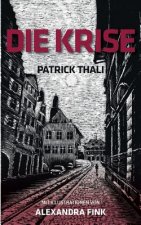
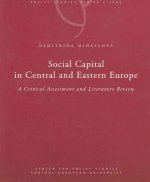
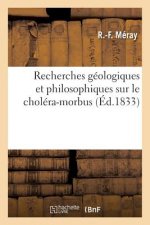


 21 miliónov titulov
21 miliónov titulov Vrátenie do mesiaca
Vrátenie do mesiaca 02/210 210 99 (8-15.30h)
02/210 210 99 (8-15.30h)